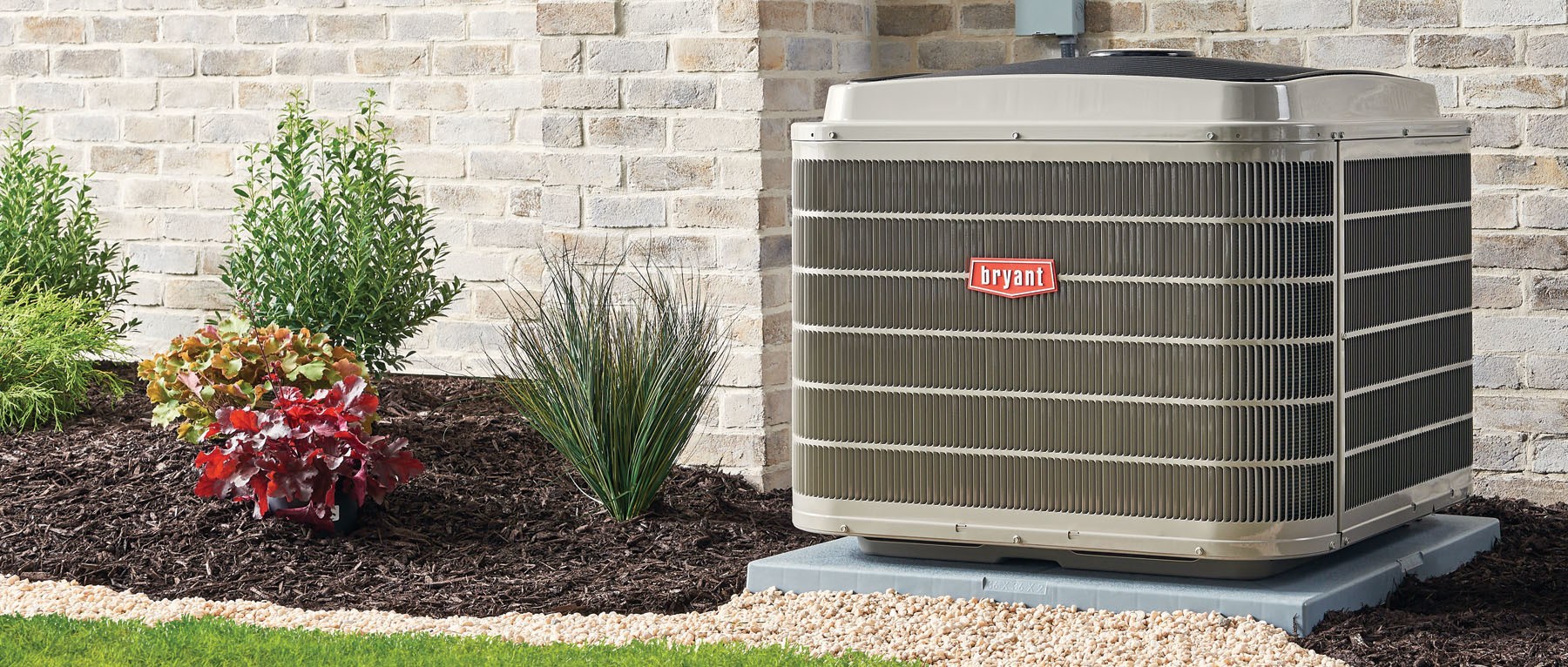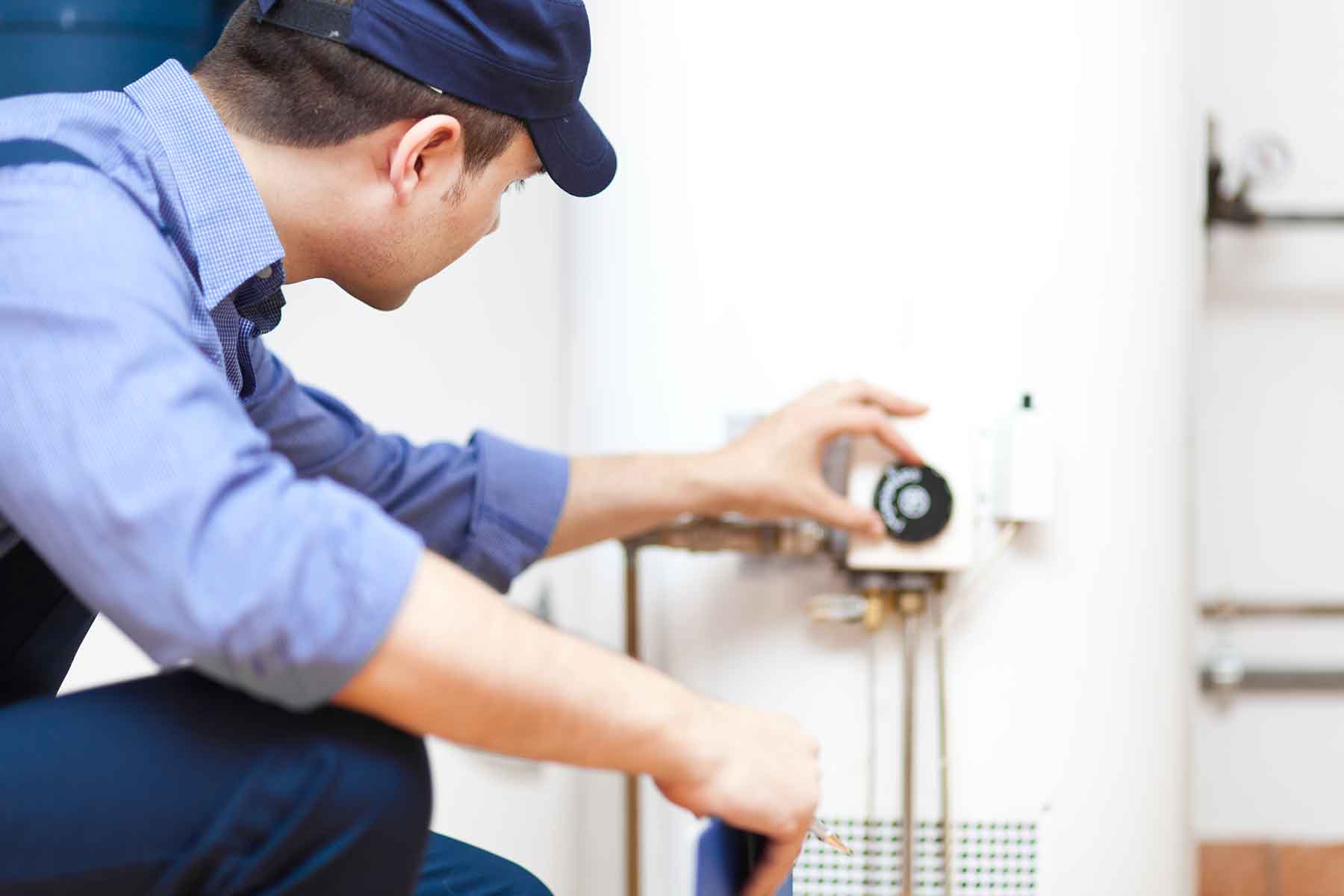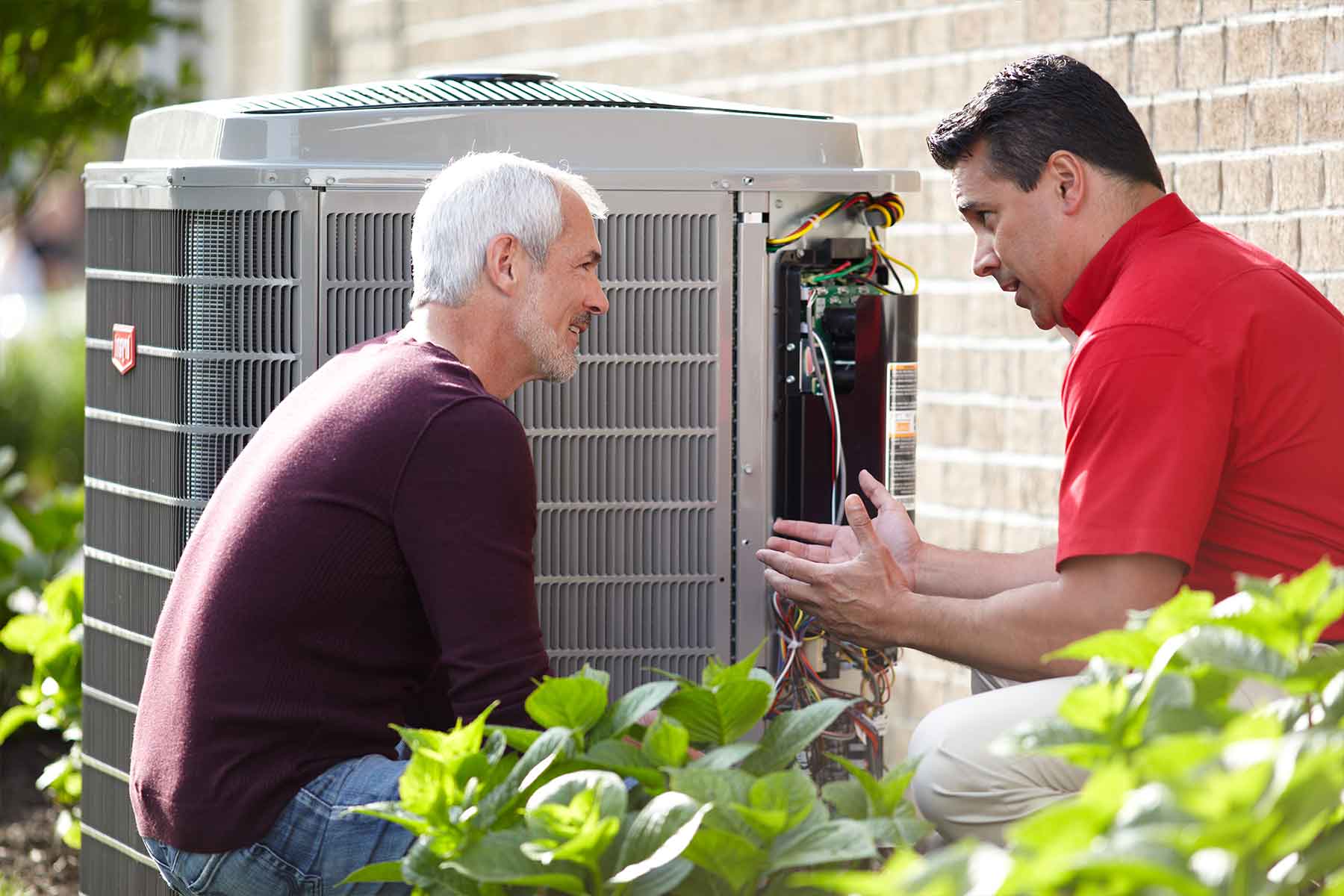
Preventing Frozen Pipes and Winter Malfunctions in Your Heating System
Introduction
Winter is a beautiful season, blanketing the world in white and filling our homes with the warmth of family gatherings. However, it also brings its fair share of challenges, particularly when it comes to maintaining our heating systems and ensuring that our plumbing doesn't freeze. One of the most common winter woes is frozen pipes, which can lead to disastrous consequences if not addressed promptly. In this comprehensive guide, we'll explore "Preventing Find more information Frozen Pipes and Winter Malfunctions in Your Heating System," covering everything from preventive measures to emergency solutions.
Understanding the Risks of Frozen Pipes
What Causes Pipes to Freeze?
Frozen pipes occur when water inside them turns into ice due to extremely low temperatures. This blockage can create immense pressure within the pipe, leading to cracks or even bursts when the ice thaws. Understanding this phenomenon is crucial for homeowners looking to prevent costly repairs.
Common Areas Prone to Freezing
Certain areas in your home are more susceptible to freezing than others. These include:
- Unheated Areas: Basements, attics, and garages often lack proper insulation.
- External Walls: Pipes running through exterior walls are more vulnerable.
- Under Sinks: Kitchen and bathroom sinks with exterior walls can be at risk.
Preventing Frozen Pipes and Winter Malfunctions in Your Heating System
Insulating Your Pipes
Why Insulation Matters
Proper insulation is key in preventing your pipes from freezing during frigid weather. Insulation helps maintain a consistent temperature around your plumbing.
Types of Pipe Insulation
Maintaining a Consistent Temperature
Keeping the Heat On
When temperatures drop drastically, it's essential to keep your heat on—even if you're away from home. A steady temperature will help stave off freezing pipes.
Thermostat Settings
Set your thermostat no lower than 55°F (13°C) when you're away to ensure that your home remains warm enough.
Heating System Maintenance Tips
Regular HVAC Maintenance Services
Regular maintenance of your HVAC system is vital for winter readiness. Local HVAC contractors can provide comprehensive services tailored for winter conditions.

Why Choose Affordable HVAC Services?
Opting for affordable HVAC services doesn’t mean sacrificing quality. Reliable local contractors often offer seasonal checks that include:
- Inspecting furnace efficiency
- Replacing air filters
- Checking ductwork integrity
Signs You Need Furnace Repair Near Me
Recognizing early warning signs of furnace malfunction will save you time and money in the long run:
Emergency Preparations
Preparing for Emergencies: 24-Hour HVAC Repair
Winter brings unexpected challenges; knowing who to call for emergency HVAC repair can make all the difference when disaster strikes.
How Can Emergency HVAC Near Me Help?
Local emergency services provide quick responses, minimizing downtime and damage due to heating system failures or frozen pipes.
Dealing with Frozen Pipes: Immediate Actions
Identifying a Frozen Pipe
Signs that you may have a frozen pipe include:
- No water flow from faucets
- Frost on exposed pipes
- Unusual sounds coming from plumbing
Steps to Thaw Frozen Pipes Safely
If you suspect a pipe is frozen, follow these steps:
Long-Term Solutions for Preventing Frozen Pipes
Renovating Problematic Areas
Consider renovating uninsulated areas such as basements or attics that house vulnerable plumbing systems.
Hiring Local Contractors for Renovation Work
Choosing local contractors familiar with winterization techniques ensures effective results tailored specifically for cold climates.
FAQs About Preventing Frozen Pipes and Winter Malfunctions in Your Heating System
1. What temperature causes pipes to freeze?
Water freezes at 32°F (0°C), but it’s wise to take precautions when temperatures dip below 20°F (-6°C).
2. How often should I have my HVAC system serviced?
Ideally, schedule service twice a year—once before summer (for AC maintenance services) and once before winter (for heating).
3. Can I use space heaters as a solution?
While they can provide temporary warmth, ensure proper safety protocols are followed to avoid fire hazards.
4. Should I leave my cabinet doors open during extreme cold?
Yes! Opening cabinet doors allows warmer air circulation around plumbing underneath sinks.

5. What do I do if I find a burst pipe?
Shut off your main water supply immediately and contact emergency HVAC repair services right away!
6. Are there any DIY solutions for preventing frozen pipes?
Yes! Applying insulation sleeves or heat tape on vulnerable areas is an excellent DIY method for protection against freezing.
Conclusion
The importance of "Preventing Frozen Pipes and Winter Malfunctions in Your Heating System" cannot be overstated—taking proactive measures can save homeowners significant stress and financial burden during harsh winter months. By understanding risks, performing regular maintenance on residential HVAC systems, insulating vulnerable areas, and being prepared for emergencies, you’ll set yourself up for success this season.
You’ve got what it takes! So gear up this winter with knowledge about how best to protect your home’s plumbing and heating systems while enjoying all that cozy warmth with family and friends! Don't wait until it's too late—reach out today for professional assistance tailored just for you!

This article serves as an extensive resource on effectively dealing with winter's challenges regarding frozen pipes and heating system malfunctions while emphasizing the need for professional help like "HVAC repair near me" or "emergency HVAC near me" whenever necessary.